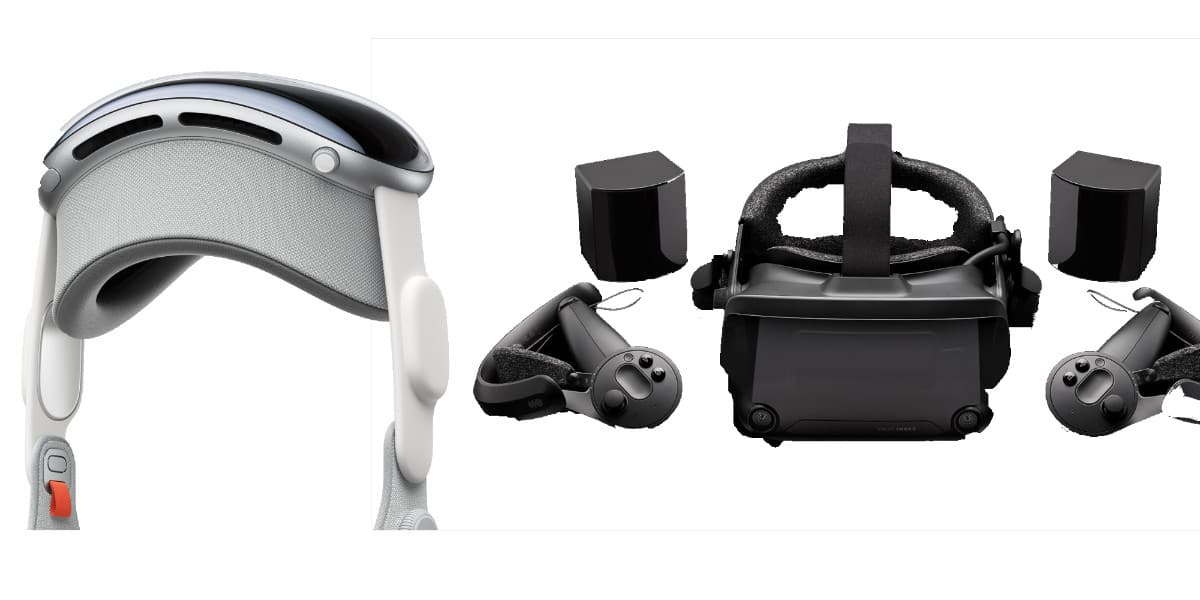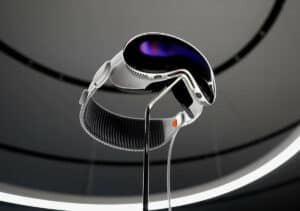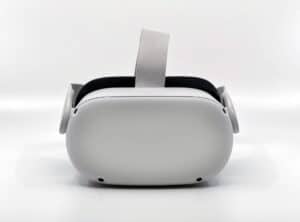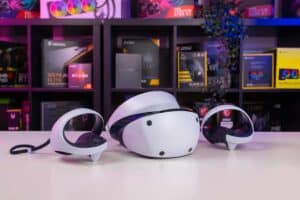Apple Vision Pro vs Valve Index
Apple vs Valve, we see how their headsets compare against each other

WePC is reader-supported. When you buy through links on our site, we may earn an affiliate commission. Prices subject to change. Learn more
Looking towards a new VR headset, there are plenty of options to pick from. So now we see how the Apple Vision Pro vs Valve Index compares. Both on the more expensive side of things, we see what each has to offer. Similar to how we’ve seen the Vision Pro vs Meta Quest Pro.
The Apple Vision Pro is a more recent announcement from the company from its WWDC 2023 conference. It is said to come out in early 2024 and has a lot to offer up. Whereas the Valve Index has been around for quite some time comparatively, having been released in 2019. It has had time to mature and still be a good contender for the top gaming headset choice.
Apple Vision Pro vs Valve Index specs
Displays
The Vision Pro is not too detailed yet about what it has to offer on the display side. But it promises over 23 million pixels across the two screens and eyes. Which would give each one 11.5 million, more than a 4k display with a mini OLED technology within it.
Whereas the Valve Index has two 1440×1600 LCD panels, with refresh rates ranging from 80-144Hz, and has a 130° FOV or more practically 120°. Along with a distance changer although no way of using prescription lenses like the Apple one and instead relying on squeezing in your glasses.
Tracking & controllers
For tracking its controllers, the Index uses Valve’s Lighthouse 2.0 tracking stations and keeps compatibility with HTC Vive base stations with SteamVR. These have a range of 7m and FOV of 160° x 115° with up to four of them. As for the controls, it has controllers that can track individual fingers with plenty of sensors and software to determine what the intent is.
As for the Vision Pro, it has a dial for the Home view and level of immersion in it. Along with a button for spatial videos and photos. Although there is no mention of remotes yet so it is likely it will be using hand tracking with all the available sensors. Along with the inclusion of spatial keyboards for interaction.
Audio
The Index features off-ear audio for immersion and comfort and allows free-flowing audio to your ears. With 37.5mm off-ear Balanced Mode Radiators, it depends on implementation for any spatial audio.
Compared to the Vision Pro which is going to feature two audio pods off the bands directed at your ears. Allowing for audio ray tracing that utilizes your room materials to know where and how to play the audio so it is more immersive as if it is coming from your room and interacting with it.
AR vs VR
The Index is only for virtual reality, there is no passthrough for the outside world. But rather you have a preset area for you to set and the headset warns you of the boundary and not seeing that. Compared to the Vision Pro which has a mix of both allowing a full show of the outside and a mix of the two, so you can interact with the outside and virtual together.
Power
The Index is not independent, it uses your PC to run, and so requires a constant power line to your PC for power and processing. Whereas the Vision Pro opts for onboard, it is a wearable computer. With an M2 and R1 processor on it to create what you see. As such has a battery you can use that will only last two hours unless you do also keep it plugged in.
Gaming vs casual
The Valve Index being made for Steam really is a gaming headset. For playing games and any apps on there that is the primary focus. Whereas the Apple device is more casual and business-orientated. With uses for watching videos, conducting meetings, or working it doesn’t have games in mind. With Apple Arcade available it’s not for 3D-focused titles.
Price
Both are under the higher price tag for a headset, but the Apple one is quite a bit more still. With a price tag of $3,499, it is a rather top-end product something akin to a top-end gaming PC. Whereas the Index came in at $999, so it comes down to your use case and budget for what is needed.





